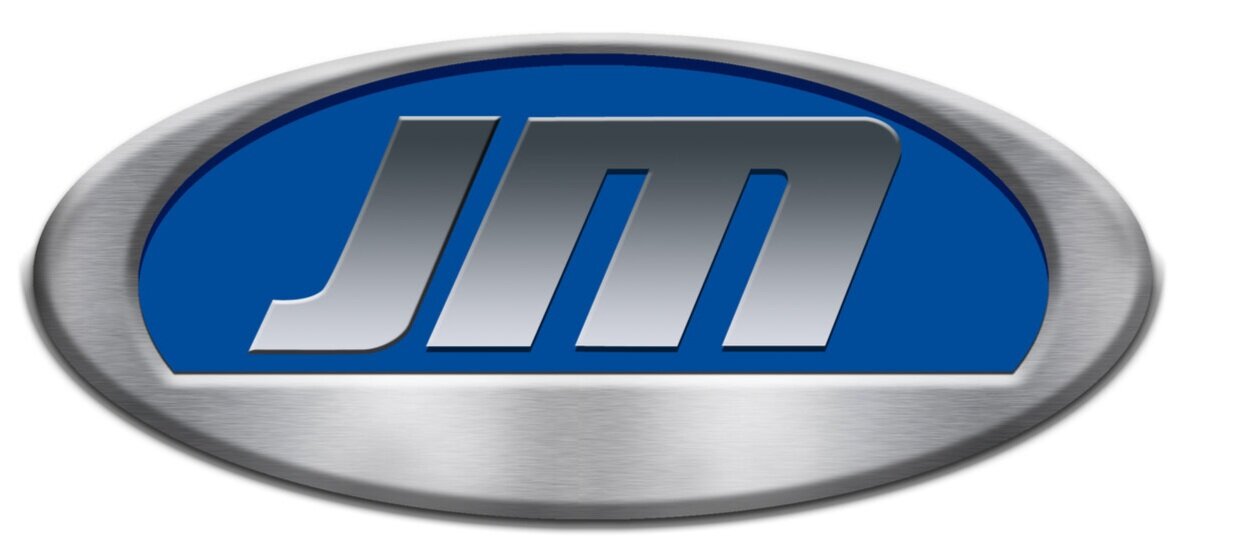Electroplating is a fascinating process that uses an electric current to deposit a thin metal layer onto another metal object It is a versatile and widely used technique in various industries, including automotive, electronics, and aerospace, providing multiple benefits, such as enhanced corrosion resistance, improved electrical conductivity, and desirable aesthetics.
Did you know? Electroplating is used in the process to deposit a thin layer of gold onto copper coins.
Electroplating principles
Electroplating works based on the principle of electrolysis. Electrolysis is the process of using an electric current to break down a substance into its component parts. In electroplating, the substance is broken down into a metal salt solution.
The metal salt solution is placed in a container with two electrodes: an anode and a cathode. The anode is made of metal that will be deposited onto the cathode. The cathode is the object that will be electroplated.
When an electric current is applied to the electrodes, the metal ions in the salt solution are attracted to the cathode. The metal ions then deposit onto the cathode, forming a thin metal layer.
Common applications of electroplating
Electroplating is used for a variety of purposes, including:
Corrosion protection: Electroplating can be used to protect metals from corrosion by forming a barrier between the metal and the environment. For example, zinc electroplating is used to protect car bumpers from rust, while nickel electroplating is used to plate electrical connectors to prevent corrosion.
Electrical conductivity: Electroplating can be used to improve the electrical conductivity of metals. For example, copper electroplating is used to enhance the electrical conductivity of circuit boards.
Aesthetics: Electroplating can be used to give metals a decorative finish. For example, chrome electroplating is often used to provide automotive parts and appliances with a bright and shiny finish, while gold electroplating is used to plate jewelry.
Types of metals used by J&M in electroplating
A variety of metals can be used in electroplating, including:
Zinc: Zinc is a common choice for electroplating because it is relatively inexpensive and provides suitable corrosion protection.
Nickel: Nickel is another common choice for electroplating because it is durable and has good electrical conductivity.
Chrome: Chrome is often used for decorative electroplating because it has a bright and shiny finish.
Why choose J&M for your electroplating needs?
At J&M, we are experts in electroplating and surface finishing. We have over 35 years of experience in the industry, and we use the latest technology and equipment to ensure the highest quality and efficiency. We offer a wide range of electroplating services, including zinc, nickel, and chrome plating, as well as custom solutions to meet your specific requirements. We also provide fast turnaround times, competitive prices, and excellent customer service.
Whether you need electroplating for corrosion protection, electrical conductivity, or aesthetics, we can help you achieve the best results. Electroplating is not only a science but also an art, and we are passionate about creating beautiful and functional metal coatings for our clients.
Contact us today for a free quote!
If you are interested in electroplating or want to learn more about our services, please get in touch with us today! We would love to hear from you and answer any questions you may have.
J&M Plating, Inc.
4500 Kishwaukee Street, Door 2, Rockford, IL 61109
Phone: (815) 964-4975
Fax: (815) 964-1431
sales@jmplating.com
References:
American Electroplaters’ and Surface Finishers’ Society. (2011)24. Electroplating and allied processes (2nd ed.)25. Orlando, FL: AESF26.
Electroplating: What Every Engineer Needs to Know. (2019, October 12). Retrieved from https://www.engineering.com/AdvancedManufacturing/ArticleID/19781/Electroplating-What-Every-Engineer-Needs-to-Know.aspx
How Electroplating Works. (2023, February 15). Retrieved from https://www.explainthatstuff.com/electroplating.html
National Institute of Standards and Technology. (2019)27. Guideline for electroplating and surface finishing23. Gaithersburg, MD: NIST28.

